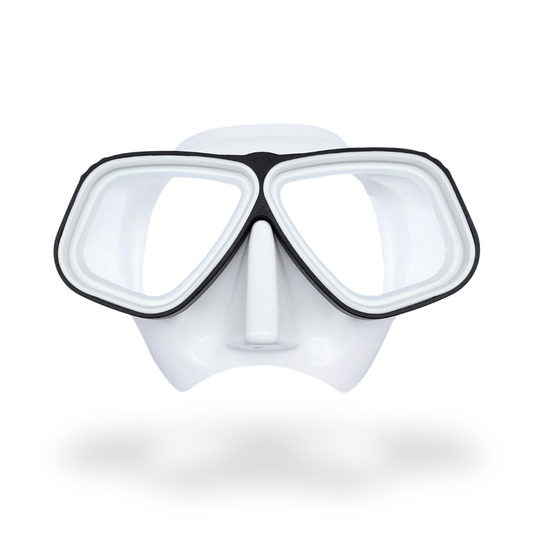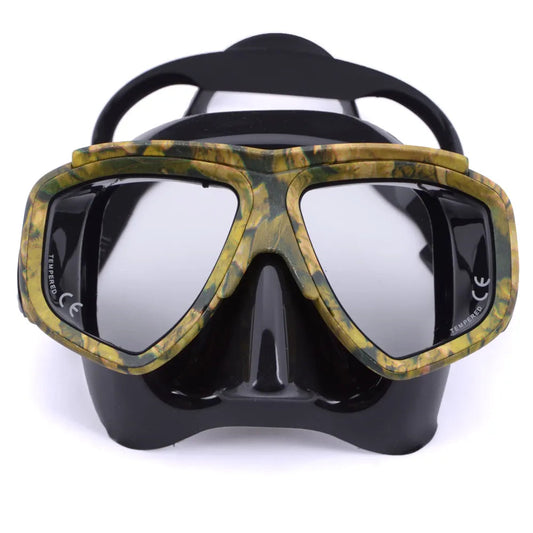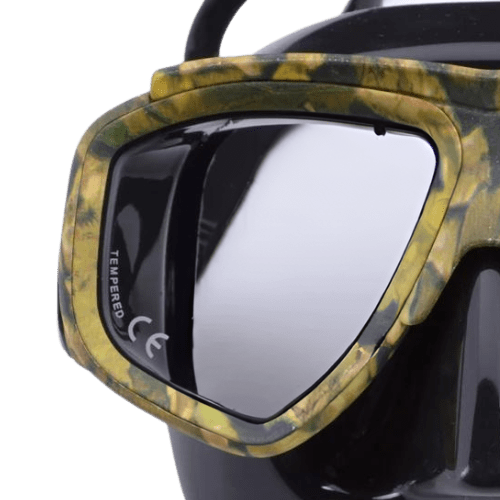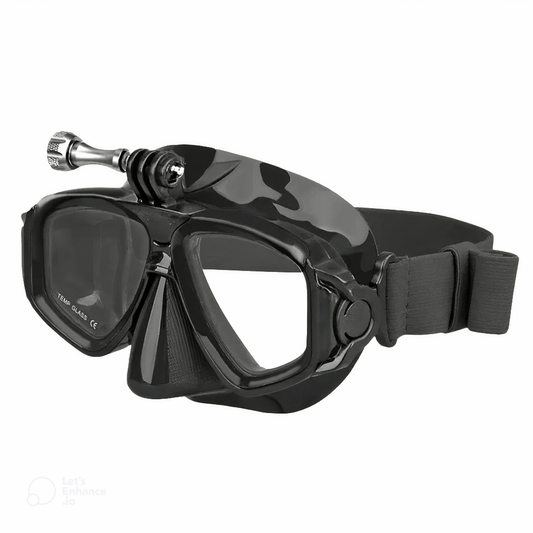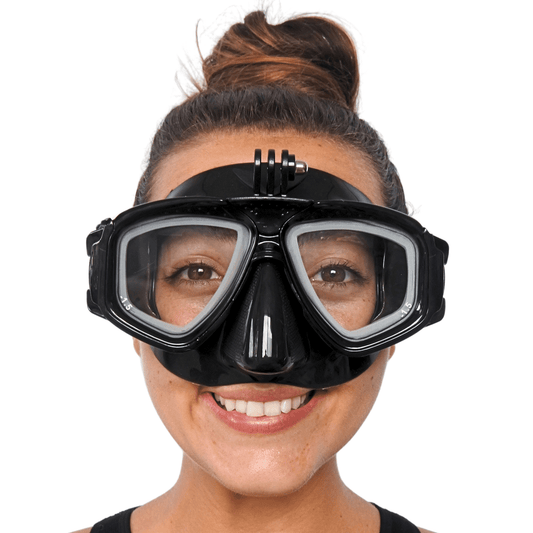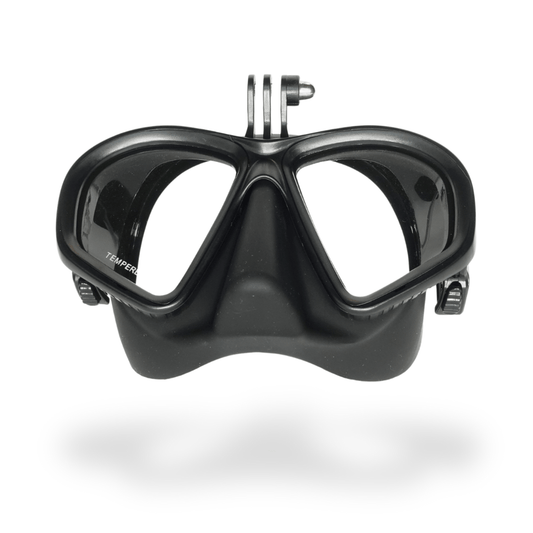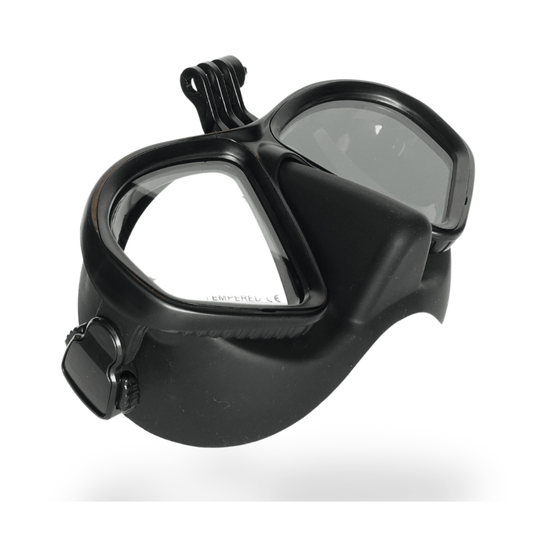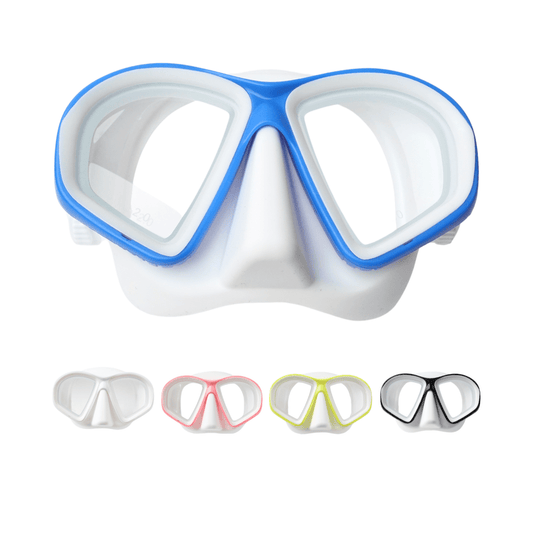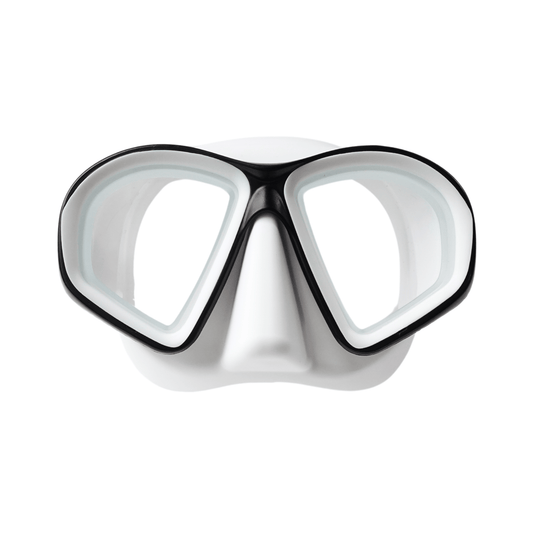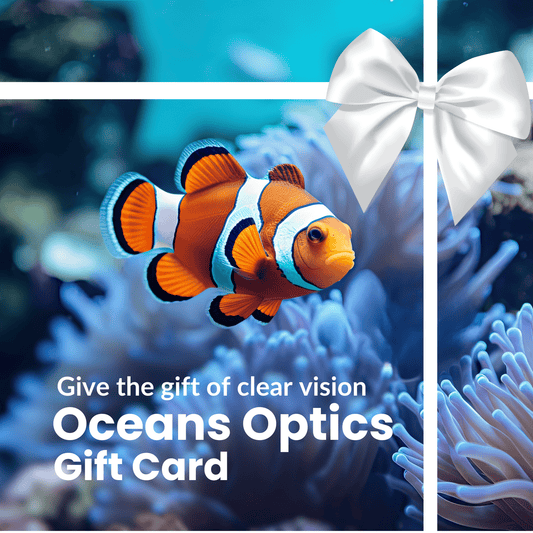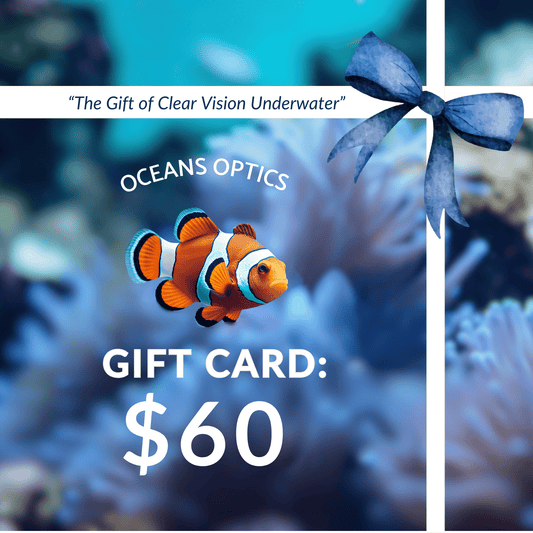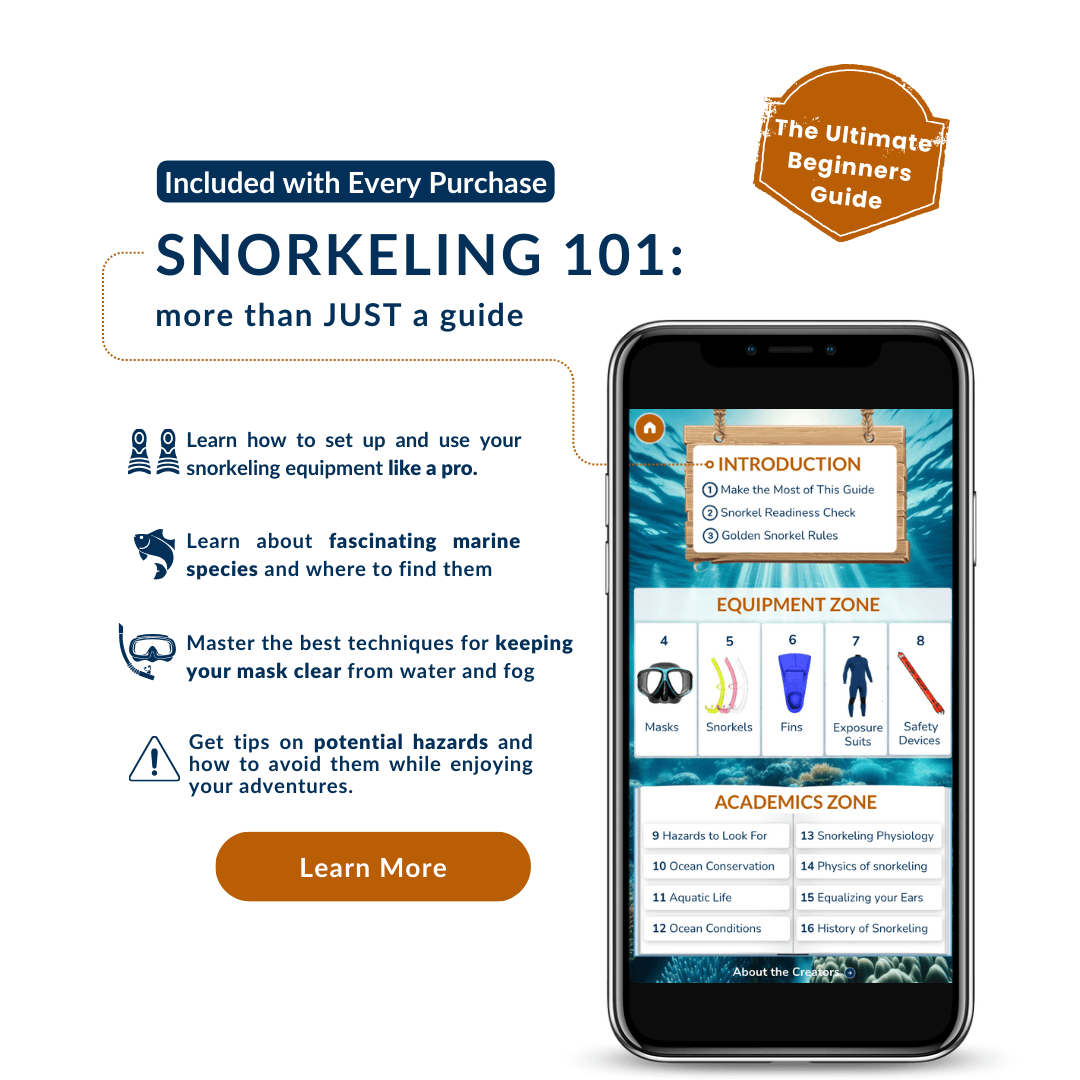Underwater, light bends differently and can make your usual prescription feel too strong.
We lower it slightly to prevent overmagnification and keep your vision clear.
Step 1: Enter your prescription to determine your recommended underwater vision
Use − for myopia, + for hyperopia.
Suggested Lens Strength:
Want to find your perfect fit?
FREE Find My Mask Quiz
Answer 5 questions and we will recommend you the best fit.
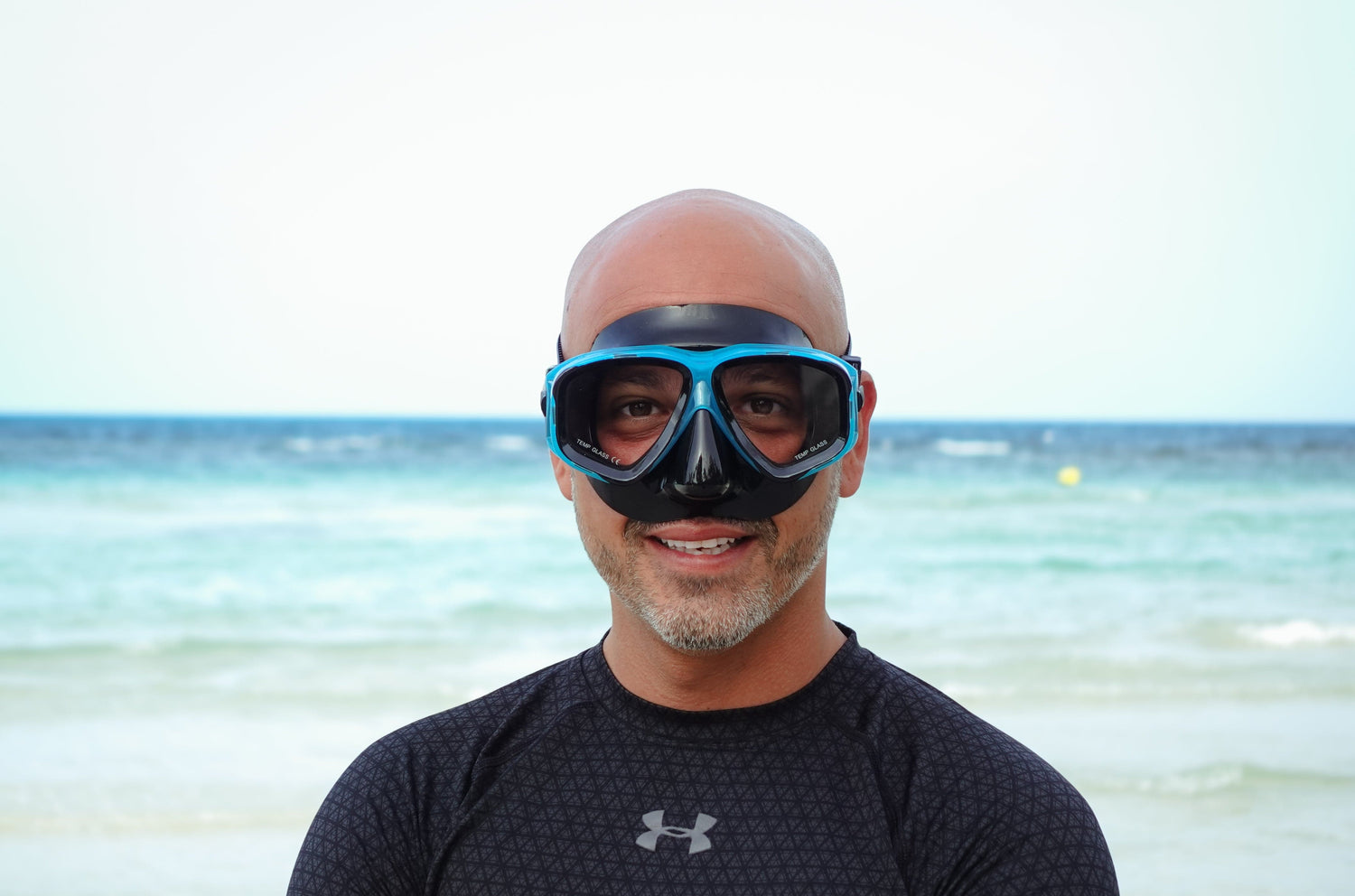
Why you need a
Prescription Snorkel and Dive Mask!
See the reef the way it was meant to be seen. Our prescription dive masks and prescription snorkeling masks (RX masks) put your exact diopter into a comfortable, well-sealing frame.
So you can skip contacts, skip renting a gross mask that won’t have your prescription, and avoid missing that turtle or puffer fish cruising by. Contacts can dry out in saltwater and trap sand; an RX mask gives you crisp vision the moment you hit the water.
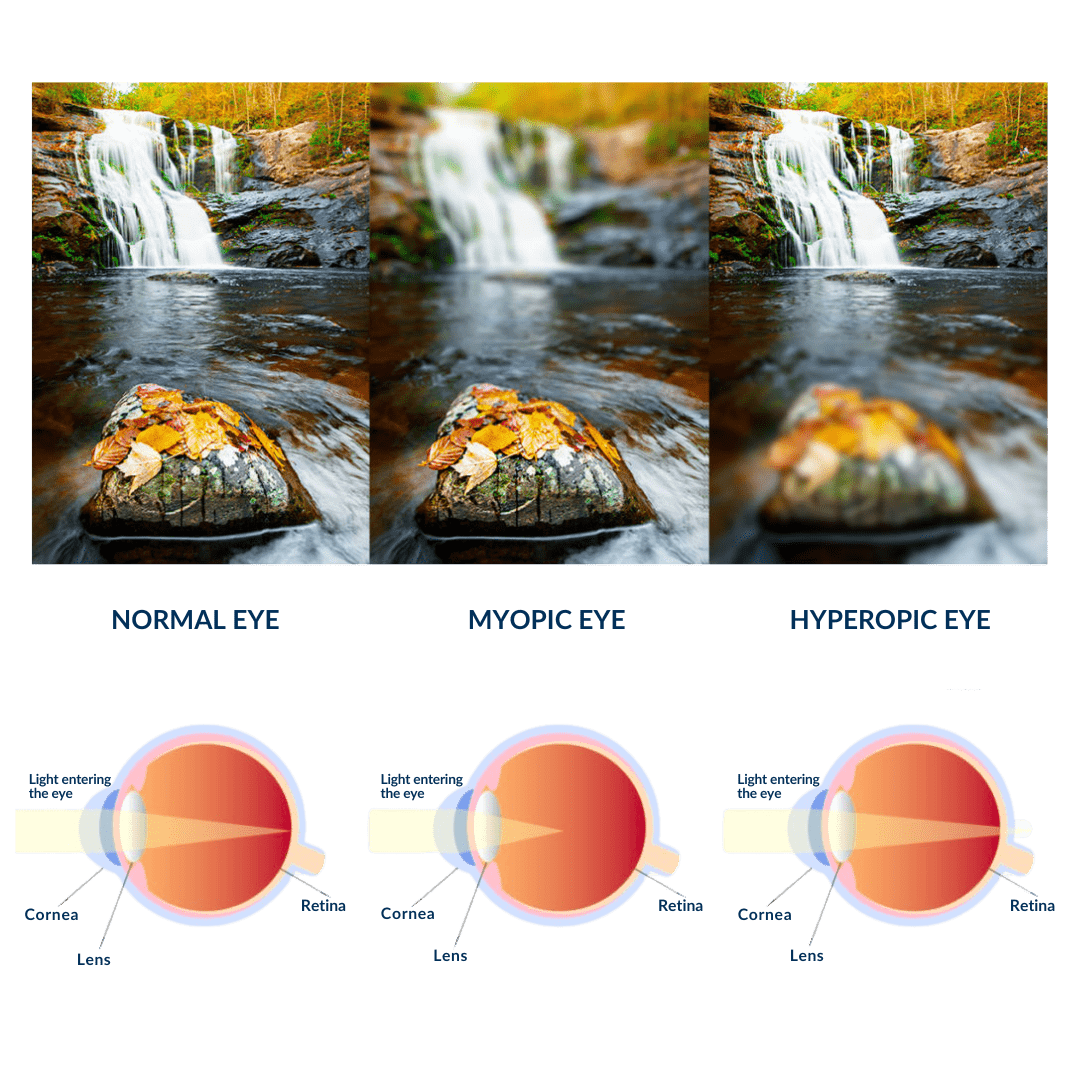
Nearsighted vs. farsighted.
Nearsighted (Myopia)
If you’re nearsighted, distant detail goes blurry. Negative-diopter lenses bend incoming light outward before it reaches your eyes, so far-away subjects like reefs, fish, and boats snap into focus. About 1 in 3 Americans are nearsighted. Correcting myopia also improves overall clarity across typical dive distances, not just “far away.”
Farsighted (Hyperopia/Presbyopia)
If you’re farsighted, plus-diopter lenses aren’t only for close-up. They shift the focal point forward so the eye doesn’t have to work as hard. That small change in the angle of convergence helps your retina receive a sharp image across a wide range of distances: gauges at arm’s length, your buddy a few meters away, and the reef beyond. In short, farsighted RX masks improve overall clarity, not just close-up vision.
How RX lenses help overall?
Whether your correction is “minus” or “plus,” the lens is simply bending light in the direction your eyes need so the focal point lands on the retina. That brings the whole scene into focus across common dive and snorkel distances. The nearsighted/farsighted labels just indicate which way we’re bending the light, not a limit on what you’ll see clearly.
Choose your style:
All our lenses are made form HD Tempered glass. Safe for Snorkeling, Freediving & Scuba diving
-
Rx Obsidian Nearsighted Prescription Snorkel & Scuba Dive Mask
Vendor:Oceans OpticsRegular price $70.00 USDRegular priceUnit price per -
Rx Obsidian Prescription Diving Mask-Medium
Vendor:Oceans OpticsRegular price $70.00 USDRegular priceUnit price per -
Rx Carbon: Nearsighted Prescription Mask for Scuba Diving
Vendor:Oceans OpticsRegular price $80.00 USDRegular priceUnit price per$100.00 USDSale price $80.00 USDSALE -
Rx Lumix Prescription Scuba Dive Mask Aluminum
Vendor:Oceans OpticsRegular price $91.00 USDRegular priceUnit price per$100.00 USDSale price $91.00 USDSALE -
Rx Rover Prescription Snorkel/Dive Mask Small
Vendor:Oceans OpticsRegular price $70.00 USDRegular priceUnit price per -
Rx Lumix Prescription Snorkel/Dive Mask - Aluminum - White
Vendor:Oceans OpticsRegular price $91.00 USDRegular priceUnit price per$100.00 USDSale price $91.00 USDSALE -
Rx Mirage Prescription Spearfishing Mask
Vendor:Oceans OpticsRegular price $80.00 USDRegular priceUnit price per -
Rx Action Nearsighted Prescription Dive Mask w/GoPro Mount - Black
Vendor:Oceans OpticsRegular price $99.00 USDRegular priceUnit price per$115.00 USDSale price $99.00 USDSALE -
Rx Action Rover Prescription Dive Mask w/Cam Mount_XSmall
Vendor:Oceans OpticsRegular price $70.00 USDRegular priceUnit price per$75.00 USDSale price $70.00 USDSALE -
RX Rover Nearsighted Prescription Dive Mask in White-Small
Vendor:Oceans OpticsRegular price $70.00 USDRegular priceUnit price per -
Oceans Optics Gift Card
Vendor:Oceans OpticsRegular price From $60.00 USDRegular priceUnit price per
Let customers speak for us
What customers think about the store
Store specializes in quality prescription diving masks and water sports gear. Customers consistently praise fast shipping, accurate prescriptions, and excellent customer service. Products enable clear underwater vision for those with vision needs, with reliabl...
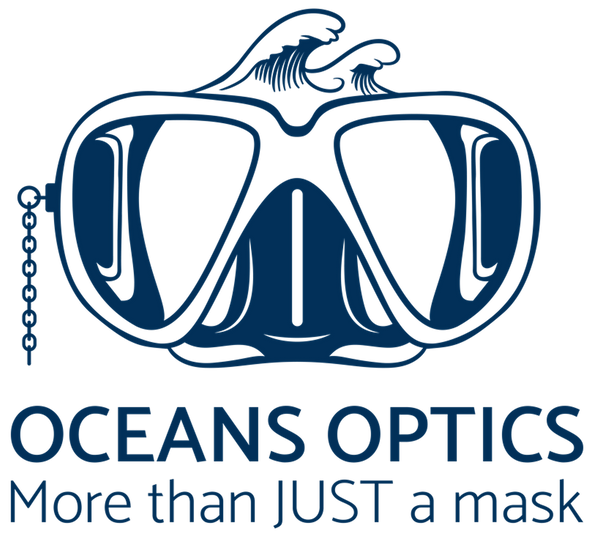


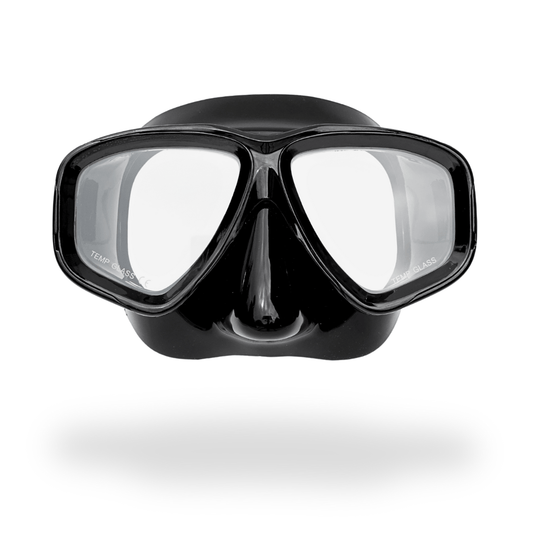

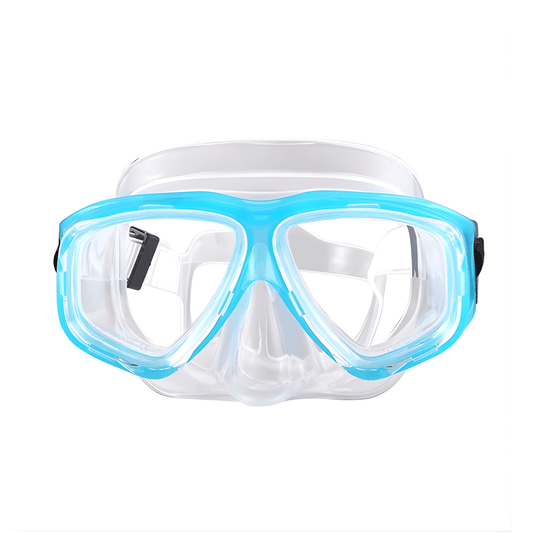
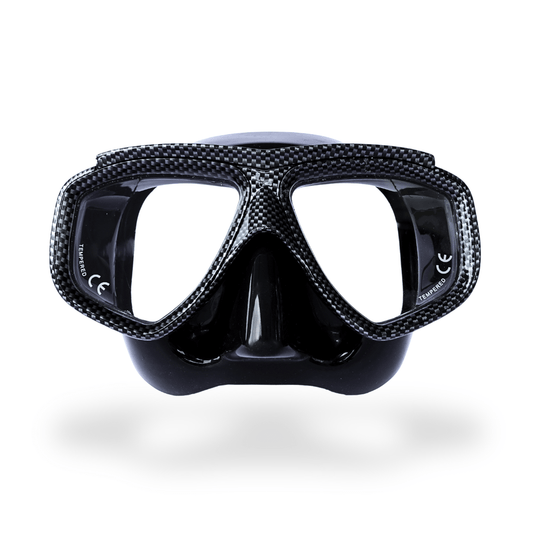
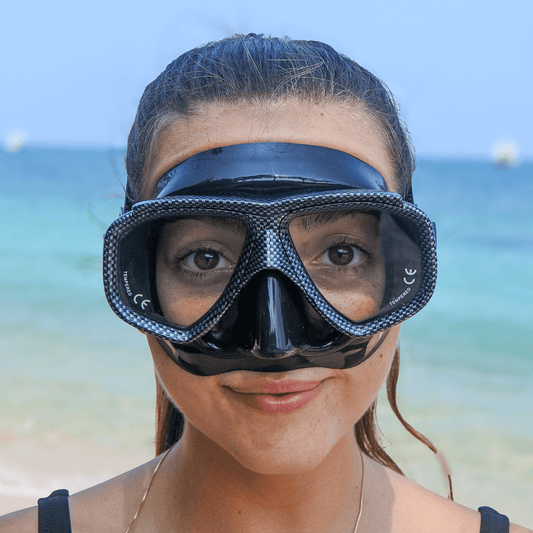
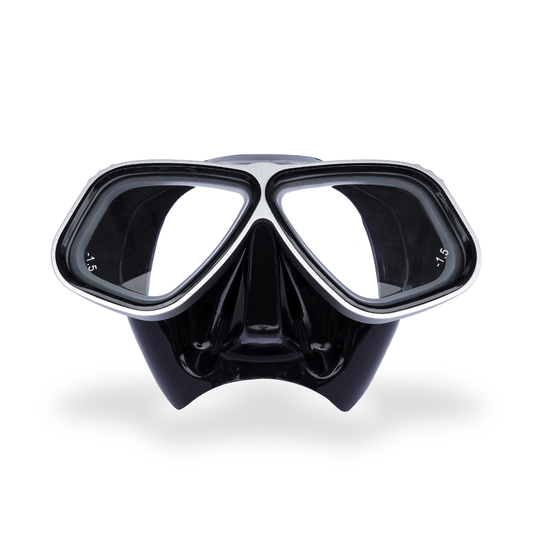
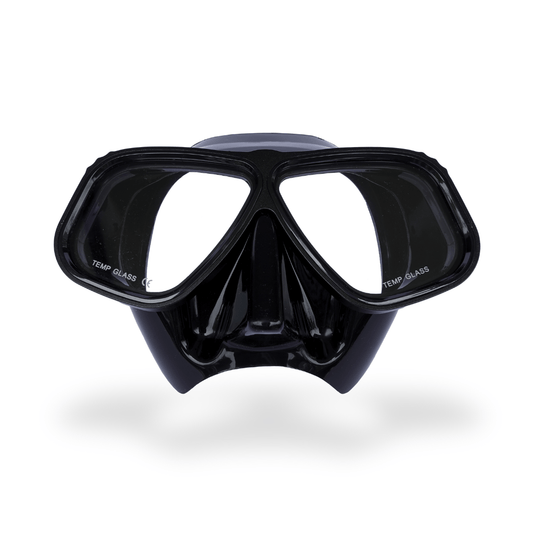
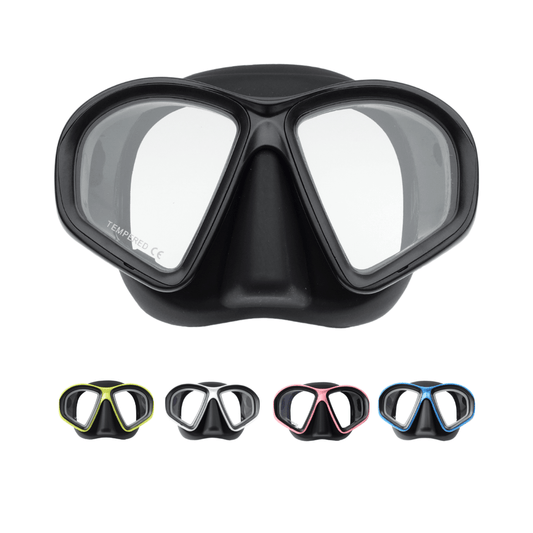
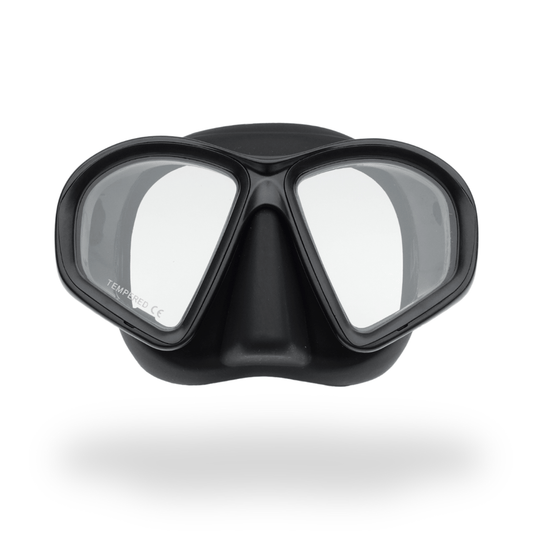
![Prescription dive mask Blue on White [NEW] RX Lumix Optical Dive Mask - Aluminum - White Series [NEW] RX Lumix Optical Dive Mask - Aluminum - White Series](http://oceansoptics.com/cdn/shop/files/prescription-dive-mask-new-rx-lumix-optical-dive-mask-aluminum-white-series-new-rx-lumix-optical-dive-mask-aluminum-white-series-blue-on-white-60704407585101.png?v=1758777053&width=533)
